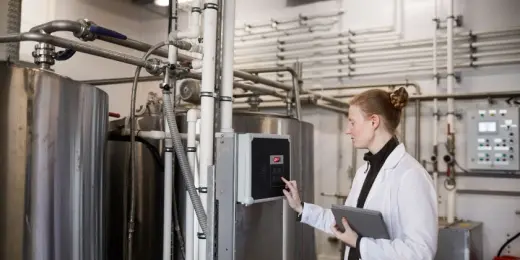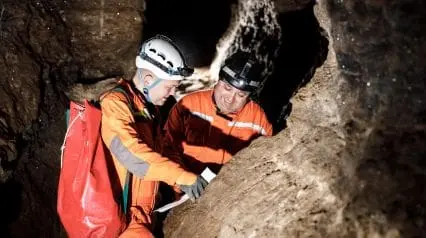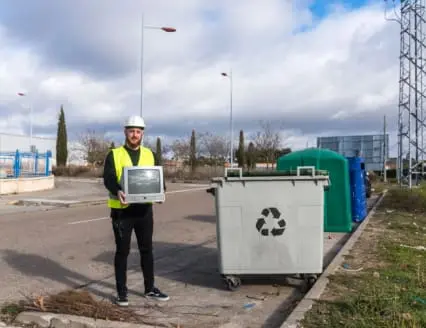What is Refrigerant Management?
Refrigerant management refers to the measures for properly handling, storing, and disposing of refrigerants used in various cooling systems, such as air conditioners and refrigeration units. This practice is essential to ensure environmental protection and prevent harm to the ozone layer.
By following proper refrigerant management practices, businesses and individuals can reduce their environmental impact and comply with regulations aimed at protecting the environment. This includes leak detection, repair, and recycling of refrigerants to minimize emissions and promote sustainability.
Benefits
Proper refrigerant management offers several benefits, including:
- Environmental protection – Refrigerants are potent greenhouse gases that can contribute to global warming. Properly managing these substances can reduce their release into the atmosphere and mitigate their environmental impact.
- Compliance with regulations – In many countries, there are strict regulations regarding the management of refrigerants. By adhering to these regulations, businesses can avoid penalties and maintain a good reputation.
- Cost savings – Proper refrigerant management can also help businesses reduce operational costs. For example, by detecting and repairing leaks, companies can reduce their energy consumption and save money on utility bills.
- Increased equipment efficiency – Regular maintenance and proper handling of refrigerants can help keep cooling systems running efficiently. This, in turn, can reduce energy consumption and prolong the lifespan of equipment.
- Sustainability – Adopting sustainable practices, such as refrigerant management, is becoming increasingly important for businesses to remain competitive and meet consumer demands. Customers are more likely to support companies that prioritize environmental protection.
Examples of Government Regulations
Different countries have varying regulations regarding refrigerant management. Here are some examples of these regulations in place:
- Australia – Australia has regulations under the Ozone Protection and Synthetic Greenhouse Gas Management Act 1989 to control the production, use, and disposal of ozone-depleting substances and synthetic greenhouse gases. This includes requirements for leak detection, recordkeeping, and technician certification.
- United States – In the US, the Environmental Protection Agency (EPA) has set rules for managing refrigerants under Section 608 of the Clean Air Act. It covers the requirements for leak detection and repair, recordkeeping, and technician certification.
- Europe – The European Union (EU) has regulations under the F-gas Regulation (EU) 2024/573 to reduce emissions of fluorinated greenhouse gases, including refrigerants. It encompasses measures such as leak detection and repair, proper labeling and tracking of refrigerants, responsible disposal, and training requirements for technicians.
- Canada – The Canadian government has introduced regulations under the Ozone-depleting Substances and Halocarbon Alternatives Regulations. This law includes requirements for the proper handling, disposal, and reporting of refrigerants and their alternatives.
- Japan – Japan has enforced regulations under the Act on Rational Use and Proper Management of Fluorocarbons. Its scope includes mandatory leak detection inspections for certain industries, proper labeling and tracking of refrigerants, and training requirements for technicians.
Best Practices for Refrigerant Management
To ensure effective refrigerant management, it’s essential to follow best practices, including:
- Inventory all systems with refrigerant and their charge – Keep an inventory of all cooling systems that use refrigerants and their corresponding charge levels. Use refrigerant management software to help properly track and manage these substances.
- Implement regular leak detection systems – Use automatic leak detection equipment to check for leaks in cooling systems regularly. It’s advisable to conduct monthly manual leak inspections.
- Repair refrigerant leaks promptly – If a leak is detected, it’s crucial to repair it as soon as possible. This will not only prevent the release of harmful substances into the environment but also save costs in the long run.
- Maintain optimal refrigerant levels – Adding more refrigerant to a low-charge system may be tempting, but this can lead to overcharging and potential leakages. Instead, identify and repair the source of the leak before recharging.
- Properly dispose of old or unused refrigerants – When disposing of old or unused refrigerants, it’s crucial to follow proper guidelines set by local authorities. This may include taking them to a certified hazardous waste disposal facility.
- Ensure certified technicians do repairs and maintenance – Only properly trained and certified technicians should be allowed to conduct repairs, maintenance, and refrigerant handling. This will ensure that the work is done safely and complies with regulations.
- Record all refrigerant leaks, repairs, storage, and disposal activities – It’s essential to maintain accurate records of all refrigerant-related activities, including leaks, repairs, storage, and disposal. This will help with compliance and tracking refrigerant usage.
FAQs About Refrigerant Management
When handling refrigerants, it’s important to keep in mind the following practices:
- Always wear eye protection and insulated gloves when handling refrigerants.
- If you might come into direct contact with them or get splashed, put on protective clothing.
- Wear safety boots when moving refrigerant cylinders.
- Avoid lifting a cylinder by its top valve.
The minimum Personal Protective Equipment (PPE) required for working with refrigerants includes eye protection, insulated gloves, protective clothing, splash-proof safety goggles, face shields (8-inch minimum), and safety boots to prevent repeated or prolonged skin contact with liquid refrigerants.
Fluorinated gasses, which are common in refrigerants, have a strong greenhouse effect. Controlling leaks and properly disposing of these chemicals can prevent emissions in buildings and landfills.
Refrigerants are essential for cooling or refrigeration industries, such as HVAC, cold chain logistics, healthcare, automotive, hospitality, and manufacturing. They are often used for cooling indoor spaces, preserving food and medicine, and facilitating industrial processes.




